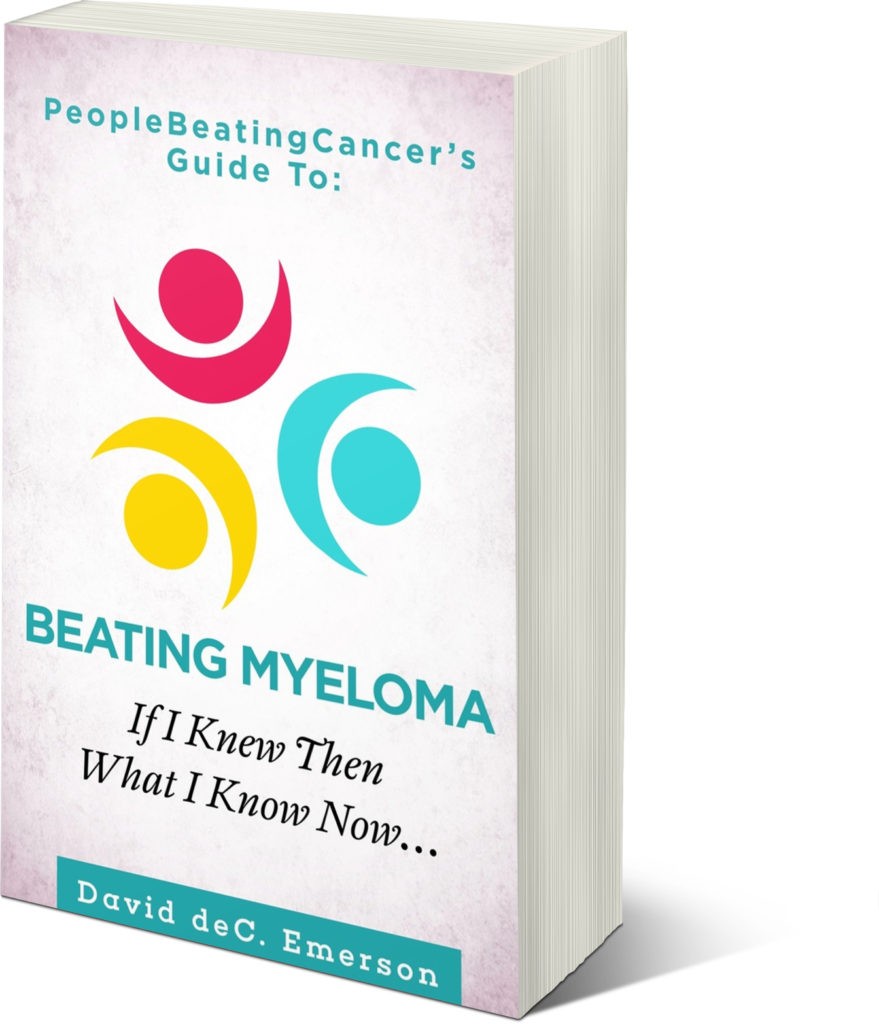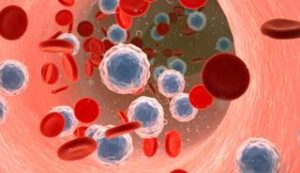
Recently Diagnosed or Relapsed? Stop Looking For a Miracle Cure, and Use Evidence-Based Therapies To Enhance Your Treatment and Prolong Your Remission
Multiple Myeloma an incurable disease, but I have spent the last 25 years in remission using a blend of conventional oncology and evidence-based nutrition, supplementation, and lifestyle therapies from peer-reviewed studies that your oncologist probably hasn't told you about.
Click the orange button to the right to learn more about what you can start doing today.
- You are here:
- Home »
- Blog »
- Multiple Myeloma »
- Multiple Myeloma Diagnosis- Patient-physician Relationship is Key-
Multiple Myeloma Diagnosis- Patient-physician Relationship is Key-

Overwhelmingly, the dominant theme in these studies’ findings was a breakdown in the patient-physician relationship, most often manifested as unsatisfactory patient-physician communication
The article below does a good job of explaining why I would sue my oncologist if I could. I’ll never be certain but I’m pretty sure that Nathan Berger M. D. misdiagnosed me in early 1994. Despite a multiple myeloma diagnosis by the pathologist on the case, John Makley M.D., Dr. Berger decided that I had a form of pre-myeloma and not full-blown multiple myeloma.
A seemingly insignificant difference in reading my symptoms, blood work and imaging info led to the decision not to treat me at all in 1994. I then discovered a substantial couple of lesions in my sacrum which led to aggressive radiation, chemotherapy and an autologous stem cell transplant all in 1995.
I went from a pre-MM diagnosis in 2/94 to a multiple myeloma diagnosis 10 months later that was stage 2! That’s one heck of a mm progression in 10 months, don’t you think?
The bottom line is that if University Hospitals had treated my cancer in early 1994 when I was first diagnosed, I’m confidant that the treatment would have put me into remission and my prognosis would have been much better, much longer.
I’m also pretty sure that doctors Lazarus, Cooper and Levitan all figured out that Dr. Berger misdiagnosed me. They are all intelligent, well-trained doctors. But their patient-physician relationship skills are lacking…
If they had come to me, apologized, and explained what happened, aka communicated with me like a real person, I’d like to think I would have appreciated it and not sued them.
Sadly, I’ll never know for sure.
As it happened, my aggressive toxic therapies did little for me other than give me a series of short, long-term and late stage side effects that are sure to kill me long before my myeloma does.
And you know what the real irony is? After a couple of partial remissons and relapses, I reached end-stage myeloma. When I relapsed for the second time, my third oncologist in three years, Ann Rassiga M.D., explained to me that there was nothing more that they could do.
I then underwent a supposedly quack therapy that put me into complete remission. You read that correctly. Complete remission from my end-stage incurable blood cancer. I have been in complete remission ever since early 1999.
I’ve learned a lot since my multiple myeloma diagnosis. So yes, patient-physician relationships is the key to managing your multiple myeloma diagnosis.
What’s your story? Why are you reading this? Scroll down the page, post a question or comment and I will reply to you ASAP.
Thank you,
David Emerson
- MM Survivor
- MM Coach
- Director PeopleBeatingCancer
Recommended Reading:
- Nerve damage aka “Radiation-Induced Lumbosacral Plexopathy” therapies-
- Why a Cancer Coach?
- Multiple Myeloma-Does Depression and Anxiety Kill Patients?
Communication gaffes: a root cause of malpractice claims
“In this age of phenomenal technological innovations and highly successful treatments and cures, why is it that our customers, the patients, are dissatisfied with their health care to such a degree that they feel compelled to file a lawsuit?
Several papers have been published that address this question (1–3). The authors of these studies utilized different study techniques to tap into the mindset of the patient/plaintiff. In one study, deposition transcripts were reviewed (3). Another team used questionnaires to survey plaintiffs (2), and the third conducted their study by telephone survey. In all 3 studies, common themes emerged. The 4 predominant reasons prompting patients to file a lawsuit included
- a desire to prevent a similar (bad) incident from happening again;
- a need for an explanation as to how and why an injury happened;
- a desire for financial compensation to make up for actual losses, pain, and suffering or to provide future care for the injured patient; and
- a desire to hold doctors accountable for their actions.
Overwhelmingly, the dominant theme in these studies’ findings was a breakdown in the patient-physician relationship, most often manifested as unsatisfactory patient-physician communication. Study participants described the perceived communication problems as follows: physicians would not listen, would not talk openly, attempted to mislead them, or did not warn them of long-term neurodevelopmental problems (in the case of newborn injury). Other communication problems cited included perceptions that doctors deserted patients or were otherwise unavailable, devalued patient or family views, delivered information poorly, or failed to understand the patient’s perspective.
Clearly, these studies underscore the well-known principle that good communication is the cornerstone of the physician-patient relationship. As the authors have often observed, and as is well documented in the literature, patients are not likely to sue physicians with whom they have developed a trusting and mutually respectful relationship. Simply put, patients do not sue doctors they like and trust. This observation tends to hold true even when patients have experienced considerable injury as a result of a “medical mistake” or misjudgment.
Do physicians have influence over the circumstances that cause patients to file lawsuits? While physicians cannot control all the stated reasons for patients’ seeking legal redress, they are able to influence the quality of their relationships with patients. And, as already noted, the foundation for a good patient-physician relationship is communication…
THE “ART” OF PATIENT-PHYSICIAN COMMUNICATION
THE IMPORTANT TASK OF ALIGNING EXPECTATIONS
ENCOUNTERS WITH THE ANGRY PATIENT
DISCLOSING MEDICAL ERRORS
In any situation, good physician-patient communication is the mainstay of a therapeutic, mutually respectful, and trusting relationship. The advice of treating each patient as you would want a close family member treated will give a physician all the guidance needed.”


